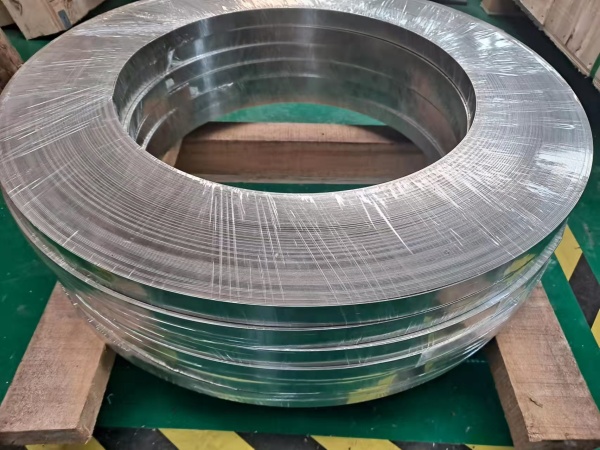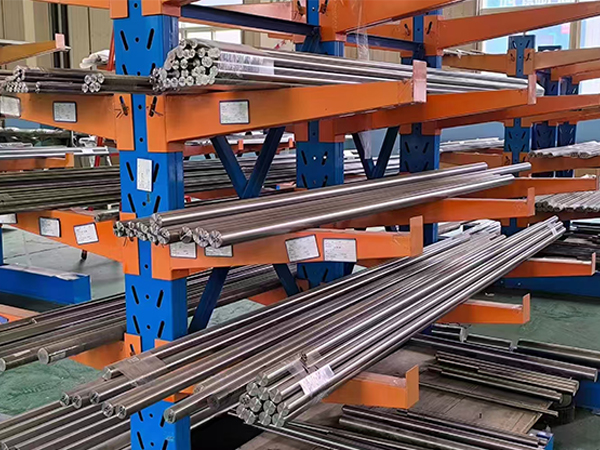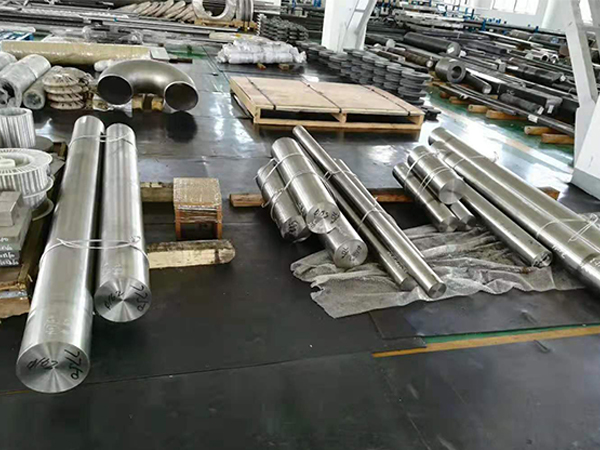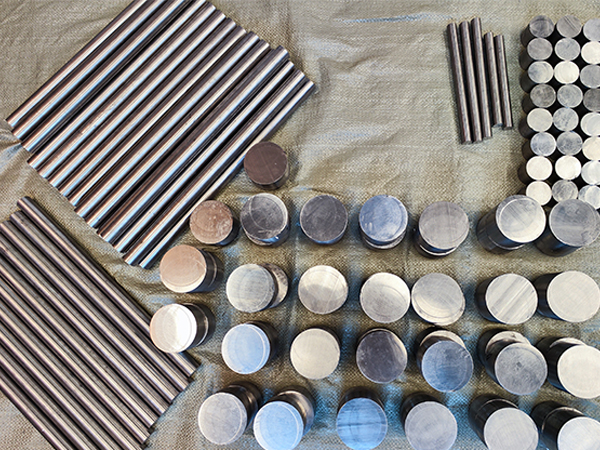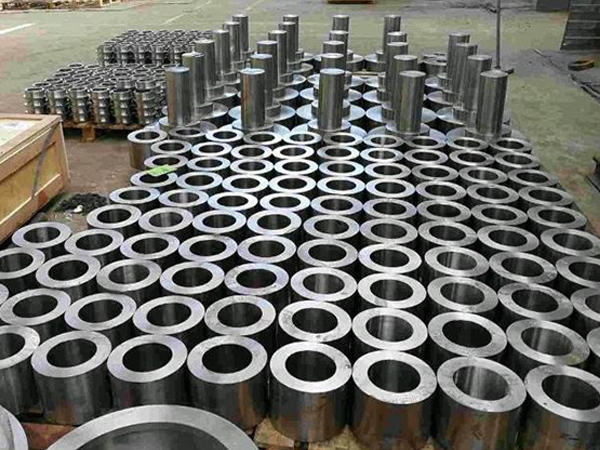Hangbo Alloy Group offers a wide variety of INCONEL 690 alloy products, including round bars, plates, strips, seamless tubes, forgings, and wires. Below is a comprehensive description of INCONEL 690.
Introduction to INCONEL 690
INCONEL 690 (UNS N06690) is a high-chromium nickel alloy known for its outstanding resistance to corrosion, particularly in high-temperature, oxidizing, and sulfur-containing environments. With excellent mechanical properties and stability, it is widely used in industries that demand long-term reliability in severe conditions.
- International Equivalents:
- USA: UNS N06690
- Europe: DIN 2.4642
Standards for INCONEL 690 Products
- Plates:ASTM B168, ASME SB-168
- Round Bars: ASTM B166, ASME SB-166
- Seamless Tubes: ASTM B167, AMS 5581, DIN 2.4642
- Forgings: ASTM B564, ASME SB-564
Chemical Composition of INCONEL 690 (in Vertical Table)
Silicon (Si)≤ 0.50
| Element | Content (%) |
|---|---|
| Nickel (Ni) | ≥ 58.0 |
| Chromium (Cr) | 27.0 - 31.0 |
| Iron (Fe) | 7.0 - 11.0 |
| Carbon (C) | ≤ 0.05 |
| Manganese (Mn) | ≤ 0.50 |
| Copper (Cu) | ≤ 0.50 |
| Sulfur (S) | ≤ 0.015 |
Physical Properties of INCONEL 690
| Property | Value |
|---|---|
| Density | 8.19 g/cm³ |
| Melting Range | 1343-1377°C |
Material Characteristics of INCONEL 690
- Oxidation and Sulfidation Resistance: Excellent resistance to oxidation and sulfidation at high temperatures, ideal for use in extreme heat environments.
- Corrosion Resistance: High resistance to corrosion in acidic and alkaline environments, especially in applications exposed to sulfuric and nitric acids.
- Mechanical Strength: Retains high mechanical strength across a broad temperature range.
- Good Fabricability: Easily fabricated and weldable, enabling diverse industrial applications.
- Thermal Stability: Stable under prolonged exposure to high temperatures, making it suitable for demanding conditions.
Applications of INCONEL 690
- Nuclear Power: Commonly used in steam generator tubes and other components in nuclear power plants, where high corrosion resistance is crucial.
- Chemical Processing: Suitable for processing equipment exposed to corrosive chemicals, particularly acids.
- Aerospace: Ideal for parts in jet engines and exhaust systems due to its high thermal stability.
- Oil and Gas: Used in components that experience high-temperature corrosion, such as downhole tubulars and equipment for oil extraction.
- Industrial Heating: Employed in furnace parts, heaters, and other components that must withstand high temperatures over time.




